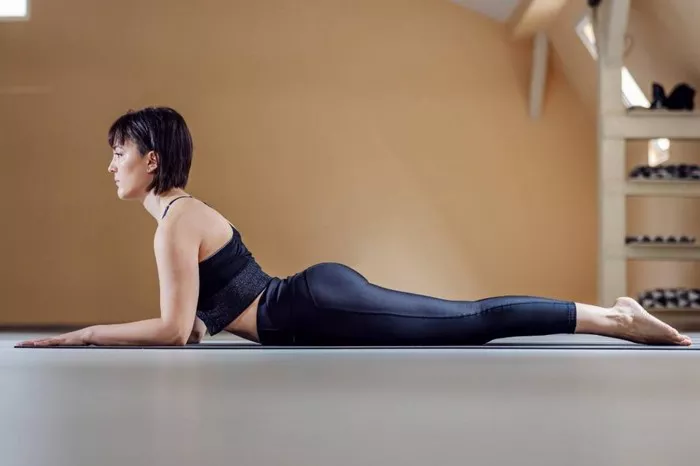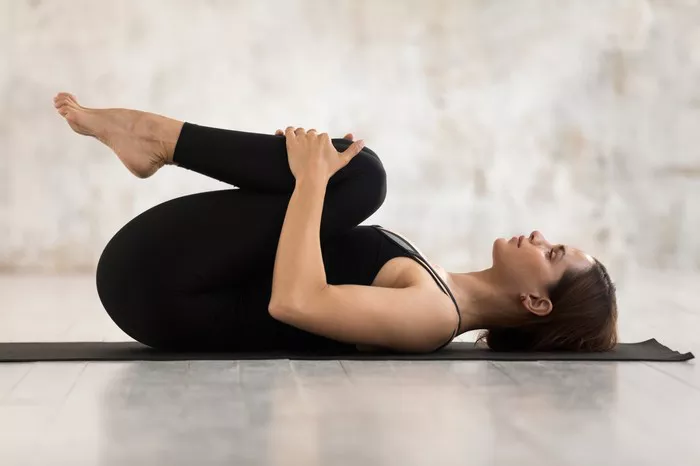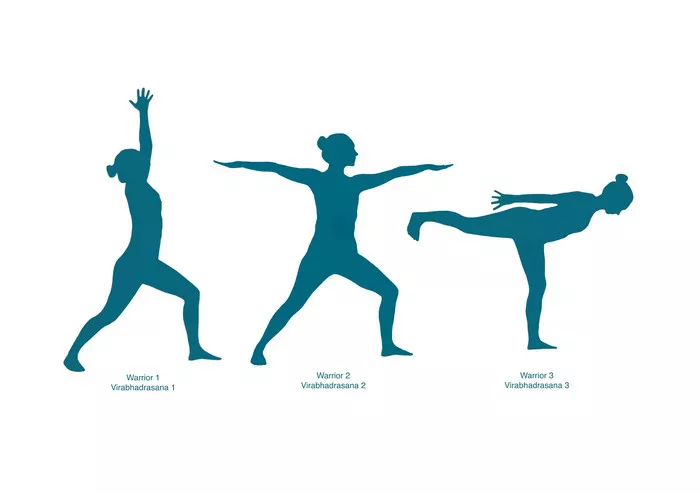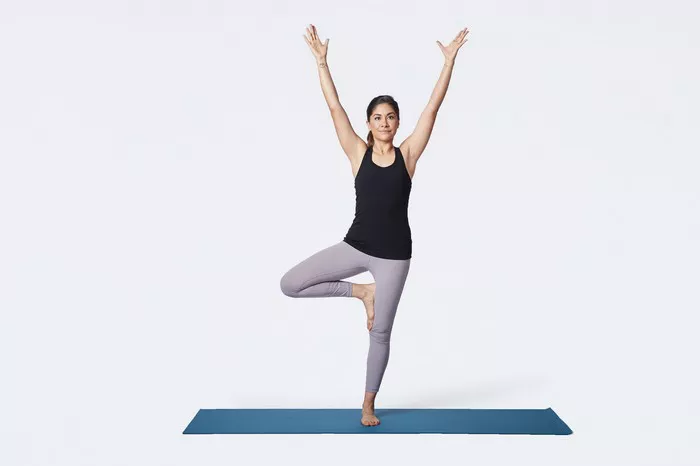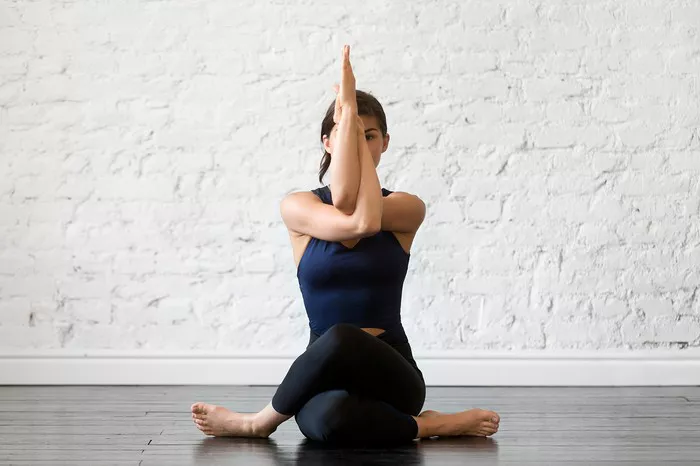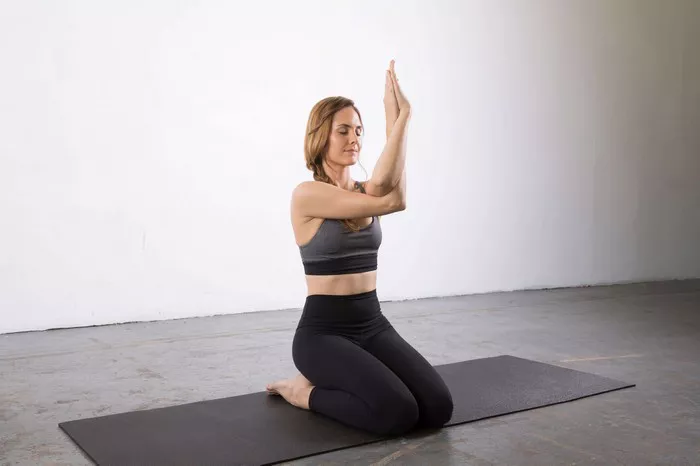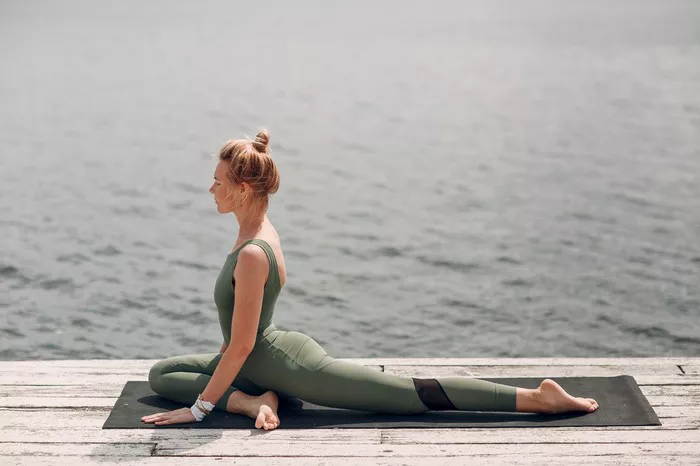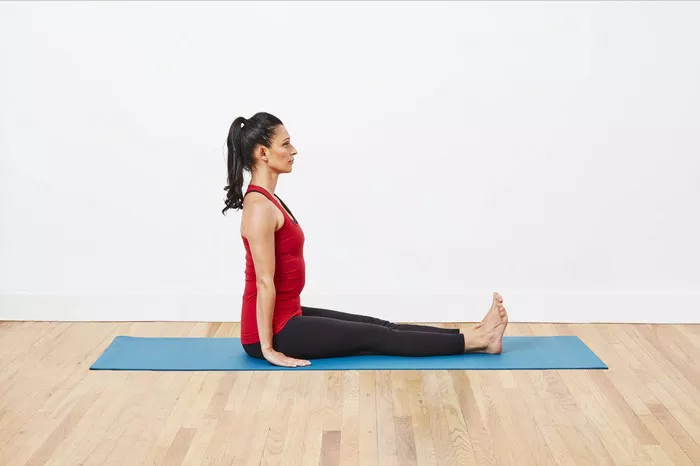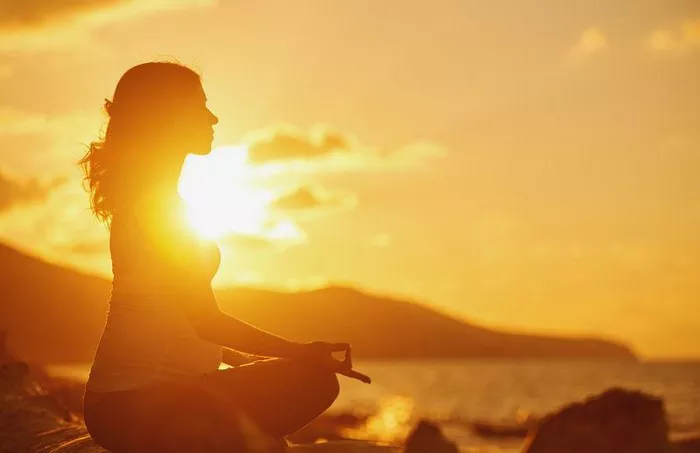Yoga, an ancient practice originating from the Indian subcontinent, encompasses a rich tapestry of postures aimed at harmonizing the body, mind, and spirit. Among these poses, the Sphinx Pose stands as a testament to the profound connection between physical movement and inner serenity. In this comprehensive guide, we delve into the origins and symbolism, the myriad benefits, variations and modifications, step-by-step instructions, as well as precautions and contraindications associated with the Sphinx Pose.
Origins and Symbolism
The Sphinx Pose, known as Salamba Bhujangasana in Sanskrit, traces its roots to the traditional Hatha Yoga texts, including the Hatha Yoga Pradipika and the Gheranda Samhita. The name “Sphinx” is derived from the mythological creature of ancient Egypt, symbolizing strength, stability, and wisdom. In Egyptian culture, the Sphinx guarded sacred spaces, embodying a potent combination of human intellect and animal prowess.
In yoga, the Sphinx Pose similarly embodies these qualities, as practitioners engage in a gentle backbend, symbolizing the opening of the heart and the awakening of inner wisdom. The posture invites individuals to embody the regal poise of the Sphinx, cultivating a sense of inner strength and resilience amidst life’s challenges.
Physical and Mental Benefits
The Sphinx Pose offers a plethora of physical and mental benefits, making it a valuable addition to any yoga practice:
1. Spinal Health: By gently arching the spine, the Sphinx Pose helps alleviate tension and compression in the vertebrae, promoting flexibility and suppleness along the spinal column.
2. Stress Reduction: As practitioners focus on deep, rhythmic breathing in the pose, they activate the parasympathetic nervous system, inducing a state of relaxation and calmness.
3. Core Strengthening: The engagement of the abdominal muscles in the Sphinx Pose enhances core stability, supporting proper posture and alignment.
4. Opening the Heart Chakra: The gentle expansion of the chest in this backbend stimulates the heart chakra, fostering feelings of compassion, love, and emotional well-being.
5. Improving Posture: Regular practice of the Sphinx Pose helps counteract the effects of prolonged sitting and slouching, promoting an upright posture and spinal alignment.
6. Enhancing Concentration: By focusing the gaze forward in the pose, practitioners cultivate mental concentration and clarity, sharpening their awareness of the present moment.
7. Relieving Sciatica: The gentle stretch along the lower back and buttocks can alleviate discomfort associated with sciatic nerve impingement, providing relief from sciatica symptoms.
Variations and Modifications
While the traditional Sphinx Pose serves as the foundation, variations and modifications allow individuals to tailor the posture to their unique needs and abilities:
1. Supported Sphinx Pose: Placing a bolster or folded blanket under the forearms can provide additional support and comfort, especially for individuals with limited flexibility or wrist sensitivity.
2. Extended Sphinx Pose: Extending the arms forward while keeping the elbows bent creates a deeper stretch along the spine and chest, intensifying the backbend.
3. Dynamic Sphinx Pose: Incorporating gentle movement, such as swaying the hips from side to side or pulsing the chest towards the ground, adds a dynamic element to the posture, enhancing flexibility and fluidity.
4. Variations for Tight Hips: For individuals with tight hip flexors, placing a block or cushion under the pelvis can alleviate pressure and facilitate a more comfortable experience in the pose.
5. Intensified Sphinx Pose: To deepen the backbend and stretch, practitioners can lift the elbows off the ground slightly, creating a greater arch in the upper back while maintaining stability and integrity in the pose.
Step-by-Step Instructions
Follow these step-by-step instructions to practice the Sphinx Pose with mindfulness and precision:
1. Preparation: Begin by lying prone on your yoga mat, with your legs extended behind you and the tops of your feet resting on the ground. Place your elbows directly under your shoulders, with your forearms parallel to each other and your palms facing down.
2. Alignment: Ensure that your elbows are stacked directly under your shoulders, creating a stable foundation for the pose. Press firmly into the ground with your forearms, engaging the muscles of your arms and upper back.
3. Engagement: Draw your shoulder blades down and back, broadening across your collarbones. Lengthen through the crown of your head, creating space between the vertebrae and elongating the spine.
4. Breath Awareness: Soften your gaze and take several deep breaths, allowing the breath to flow naturally and effortlessly. As you inhale, feel the expansion of your chest and ribcage. As you exhale, surrender any tension or resistance in the body.
5. Modification: If you experience discomfort or strain in the lower back, gently engage your abdominal muscles and draw your navel towards your spine. This action supports the lumbar spine and protects against excessive compression.
6. Duration: Hold the Sphinx Pose for 3-5 breaths initially, gradually increasing the duration as you build strength and flexibility. Listen to your body and honor its signals, easing out of the pose if you experience any pain or discomfort.
7. Release: To release from the pose, exhale and slowly lower your chest and forehead towards the ground, coming into a prone position. Rest your forehead on the backs of your hands and take a few moments to observe the sensations in your body.
8. Counterpose: Follow up the Sphinx Pose with a gentle counterpose, such as Child’s Pose or Downward-Facing Dog, to neutralize the spine and release any residual tension.
Precautions and Contraindications
While the Sphinx Pose offers numerous benefits, it is essential to practice with mindfulness and awareness, especially if you have any underlying health conditions or injuries. Take the following precautions into consideration before attempting the pose:
1. Back Injuries: Individuals with herniated discs, spinal fractures, or other serious back injuries should avoid or modify the Sphinx Pose to prevent exacerbating existing conditions.
2. Wrist Sensitivity: If you experience discomfort in your wrists, place a folded blanket or yoga mat under your forearms for additional support. Alternatively, practice the pose on your fists or use yoga blocks to elevate the hands.
3. Pregnancy: Pregnant individuals should exercise caution when practicing backbends like the Sphinx Pose, particularly in the later stages of pregnancy. Consult with a qualified prenatal yoga instructor for appropriate modifications and guidance.
4. High Blood Pressure: Those with uncontrolled high blood pressure should approach backbends with caution, as these postures can temporarily increase blood pressure. Practice the Sphinx Pose mindfully and avoid holding the breath.
5. Neck Injuries: Individuals with cervical spine injuries or neck pain should keep the gaze neutral and avoid excessive extension of the neck in the Sphinx Pose. Focus on lengthening the spine without straining the neck muscles.
6. Menstruation: During menstruation, some individuals may find backbends uncomfortable or exacerbating menstrual cramps. Listen to your body and modify the pose as needed, opting for gentler postures that promote relaxation and comfort.
7. Fatigue or Exhaustion: Avoid practicing the Sphinx Pose if you are feeling fatigued or exhausted, as the posture requires moderate strength and energy. Instead, prioritize restorative yoga practices or gentle stretching to rejuvenate the body and mind.
Conclusion
By approaching the Sphinx Pose with mindfulness, respect, and self-awareness, practitioners can unlock its transformative potential and cultivate a deeper connection to their inner strength and stability. Whether used as a standalone posture or integrated into a broader yoga sequence, the Sphinx Pose serves as a powerful tool for promoting physical vitality, mental clarity, and spiritual well-being on the journey towards self-discovery and self-mastery.

